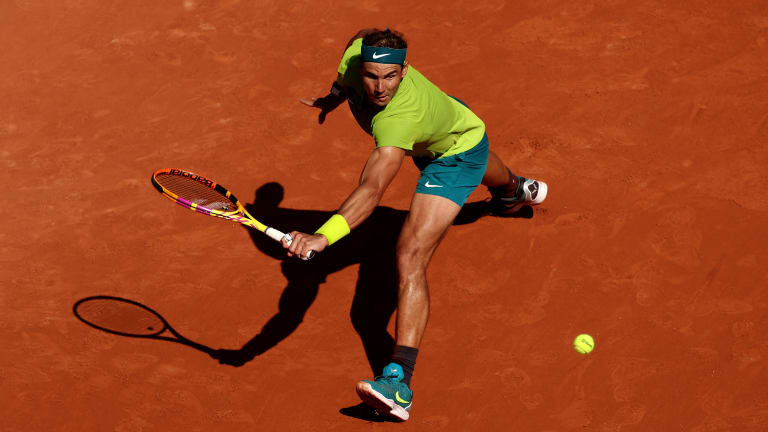It’s easy to get wrapped up in perfecting your stroke technique, or spending hours trying to nail down your service motion. But mechanics alone don’t win matches. Oftentimes, a protracted battle can simply come down to who has more gas in the tank. It may not be the most thrilling part of practice, but prioritizing fitness and incorporating exercises that emphasize endurance can lead to better results.
If Rafael Nadal isn’t a testament to the importance of fitness in tennis, then what is? But you don’t have to play like Rafa to win like him. Integrate these three exercises into your training regimen, and you’ll be saying Vamos! more than No más.
1. Just Keep Swimming
Your feet, legs and knees can take a beating while playing, especially on a high-impact hard court. One way to offset this in training in a pool. Not only does swimming force continuous movement of your legs, it does so without you incurring a toll on your joints. Aim for 20-30 minutes of continuous swim with the stroke of your choice. The butterfly, front stroke, back stroke and even the inverted side stroke are all great to mix in. After, head to the shallow side of the pool to finish strong, with two sets of 15 high knees and lunges.
